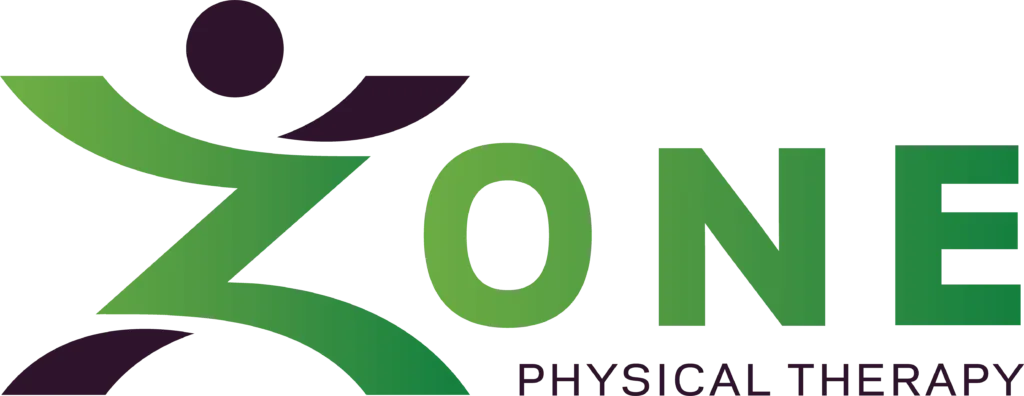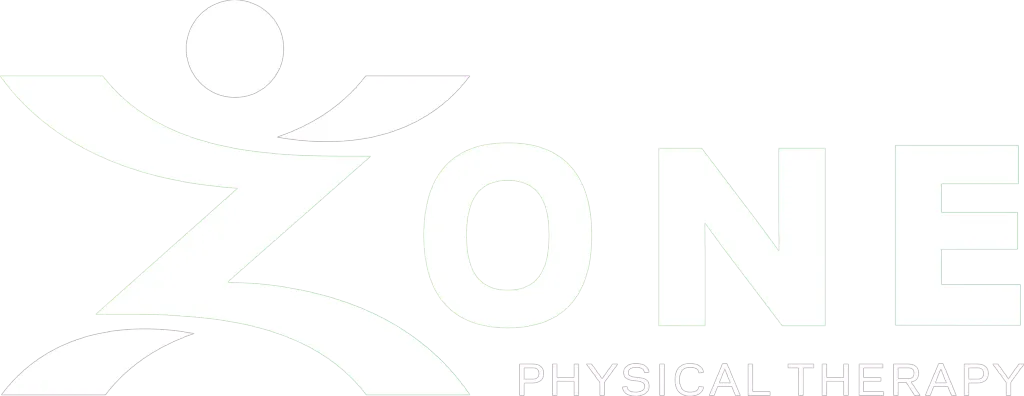Written by Christina Schultz
We’re all guilty of taking running too seriously- too stringent on the numbers (pace, distance, time) in an attempt to make it make sense.
Don’t get me wrong, the numbers are important for injury prevention, tracking progress, and ensuring full race prep. However, a lot of running and racing is not predictable or controllable, and too many numbers can also be mentally fatiguing and leave you unfocused at peak points in your season.
This is why I am a big proponent of Fartleks.
Fartlek is a Swedish term meaning speed play. These are usually performed off of the track and ideally are relaxed and casual pick-ups throughout your typical run.
Our western training style leads us to make these workouts more structured and add in paces, but I encourage my athletes, at least early on in the cycle/season, to just pick up the pace, work hard, and enjoy it.
Spending time not focused on hitting numbers and just enjoying the work allows athletes to have a mental break and remain sharp at key points in the season.
As the season progresses, I begin adding more guidelines to these workouts with effort levels and eventually working towards pace goals.
This makes for a good transition later on to track workouts when we truly are focused on time and pace for a distance at the peak of the season or building up to a race.
Fartleks are versatile and moldable to suit each athlete’s needs throughout the year.
An example that I may start with earlier on may be a 40-minute run of 3 minutes on, and 5 minutes off.
This could progress to 1 minute on and 3 minutes off (shorter ‘on’ periods are typically more intense) or 10 minutes on and 5 minutes off for more sustained effort depending on the runner’s goals.
As the athlete’s season continues, this might become more time/effort based. One of my favorite workouts in this phase is Moose Fartleks- 3 minutes at 10k effort, 1-minute jog, 1 minute at 5k effort, 1-minute jog and repeat 5 times.
The change in terrain and path of fartleks allows the athlete to develop tolerance to changes in conditions but as training peaks approach, the focus shifts to speed, pace, and learning how to sustain the effort.
This is when we shift to track-based sessions but in the post-season/next preseason we’ll start all over again with casual fartleks.
Want running tips and resources sent straight to your inbox?
Sign up for our Soggy Sock Newsletter to get running-related emails sent to you every other week. Also, visit our website for our tip sheets on our runner’s checklist, favorite exercises for runners, and other free running resources!
Have you heard about our Coaching Package Promotion?
With your 3-month coaching package, we’ll include a FREE CUSTOM INSOLE (normally $249)!
A 3-month coaching package includes a start-up assessment ($100) and monthly recovery and strength sessions ($500). Call us to learn more!
About the Author: Christina Schultz
Christina Schultz graduated with a degree in exercise science from Florida Atlantic University. She was a captain for the cross country and track teams at the University. She went on to earn a Doctorate in Physical Therapy from the University of St. Augustine. While at St. Augustine, she was a head high school cross country coach and distance track coach at a local high school. During this time she became a certified strength and conditioning specialist in order to enhance her abilities to treat athletes and improve their performance.
Christina moved from Jacksonville, FL to Greer, SC with her dog Rosie to help keep our community active. She continues to run in her spare time and is enjoying exploring the city and hiking.



